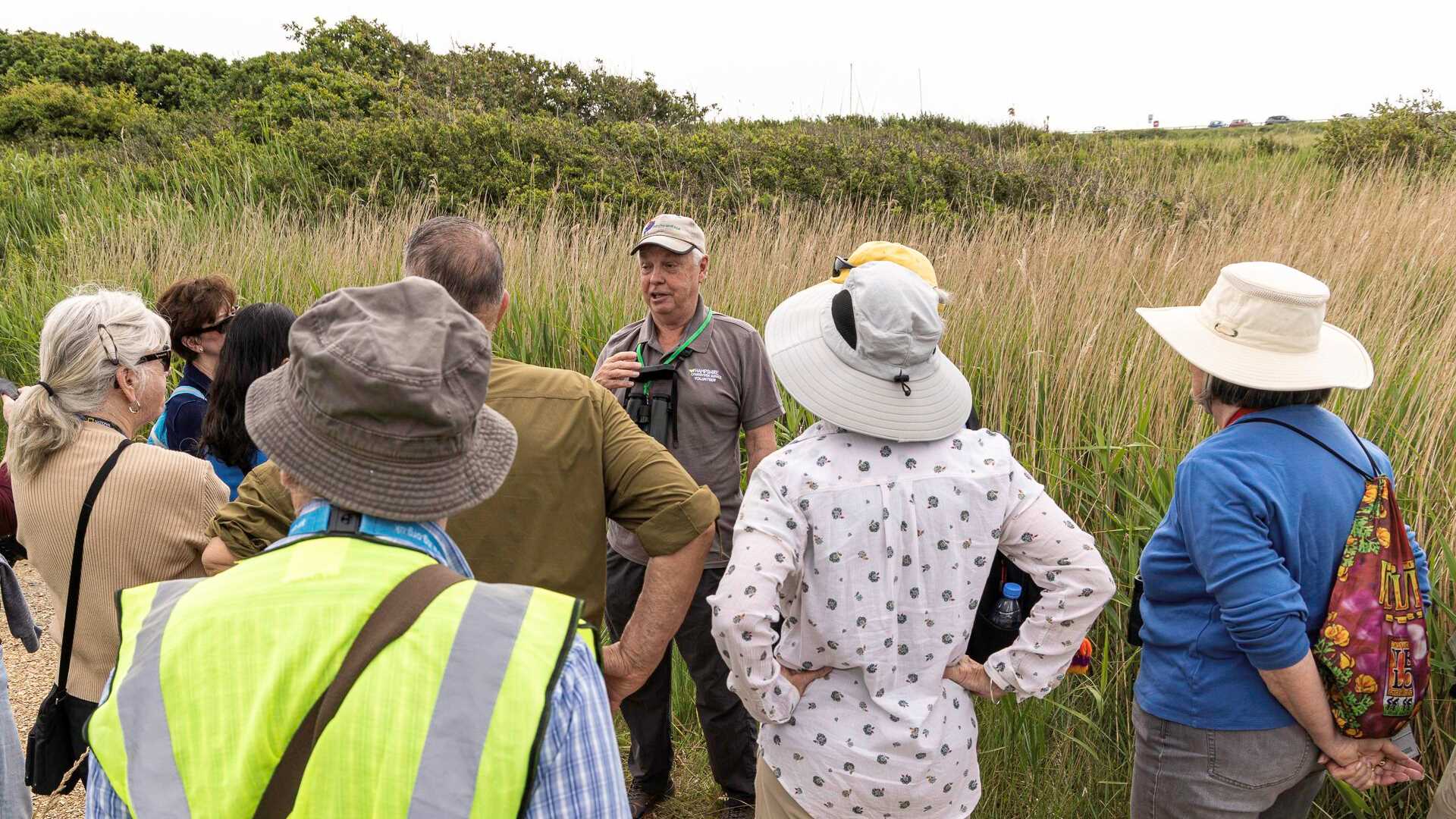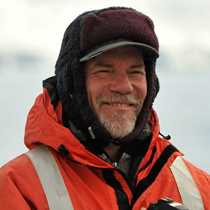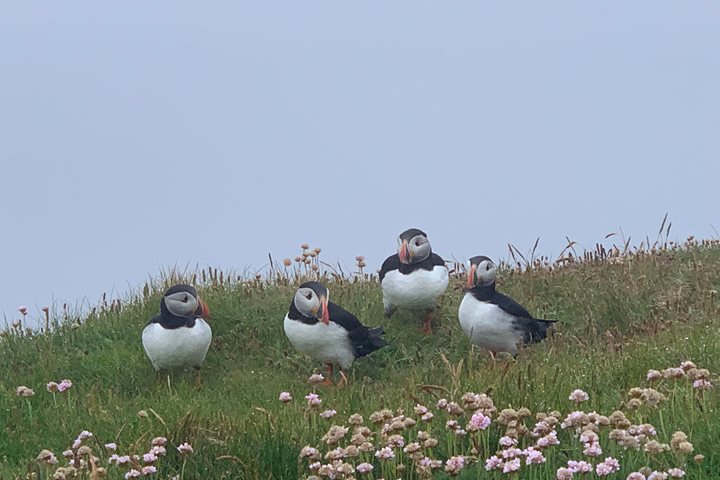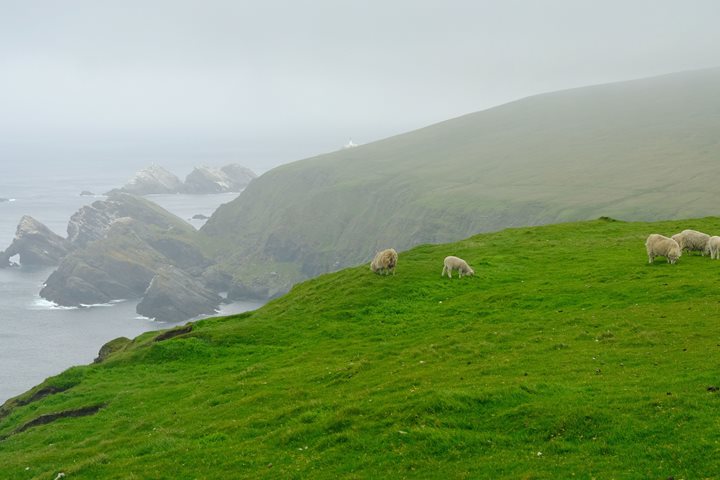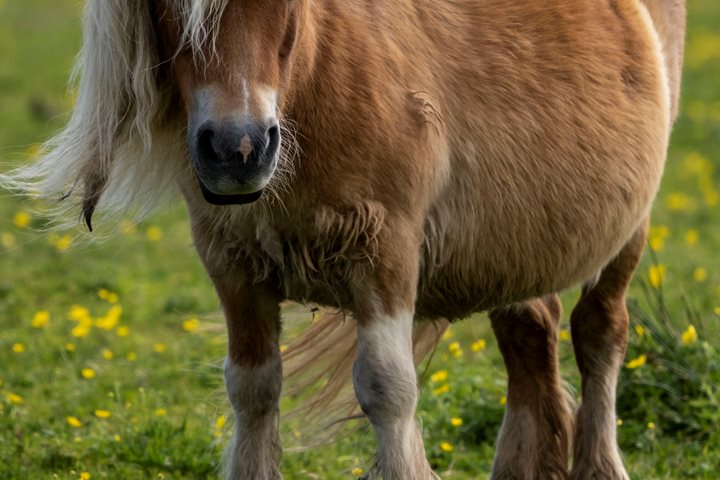After leaving the white cliffs of Dover behind us in last night’s sunset, we cruised west in the English Channel all night and this morning arrived in the historic port city of Portsmouth. Several options were available for our excursions today, including a very special visit to Southwick House, where the details of the D-Day invasion were planned. There was also an opportunity to visit a beautiful local wildlife reserve at Titchfield or to explore the historic docks and ships at the old naval dockyards in the center of Portsmouth’s harbor. Whichever option we chose, it was a great way to begin getting to know some of the beautiful and fascinating details of Southern England.
- Daily Expedition Reports
- 18 Jun 2022
Portsmouth, England, 6/18/2022, National Geographic Explorer
- Aboard the National Geographic Explorer
- Europe & British Isles
David Cothran, Naturalist/Certified Photo Instructor
David has worked for Lindblad Expeditions-National Geographic since 1993 on six continents and in over 65 countries. David is interested in many of the natural sciences, particularly ornithology, geology and marine biology; he most enjoys contrasting...
Read MoreShare Report
Ancient Isles: England, Ireland, and Scotland
VIEW ITINERARYRelated Reports
6/29/2022
Read
National Geographic Explorer
Unst and Lerwick, Shetlands
This morning we arrived to Unst, which is about 200 miles west of Norway and the most northerly island of the Shetlands and all the British Isles. Dozens of Viking longhouses have been found here; we were able to see replicas of a Viking ship and a Viking longhouse. While many of us had a tour of Unst’s highlights, another group went birdwatching in Hermaness National Nature Reserve.
6/28/2022
Read
National Geographic Explorer
Foula and Mousa Isles
Today we got to visit two very special places in the Shetland Islands, Foula and Mousa. On Foula, a small group of people live a bucolic lifestyle. They are isolated from the world and dependent on the ferry or a small airplane to provide them with the necessities of life that they cannot grow, raise, or fish for themselves. The second Island, Mousa, is the site of a Neolithic broch used in the Iron Age and dated at 300 BC. Brochs are found only in Scotland, and this is the best-preserved broch in the country.

